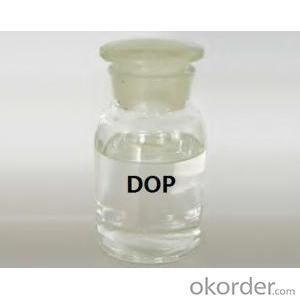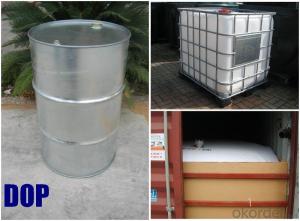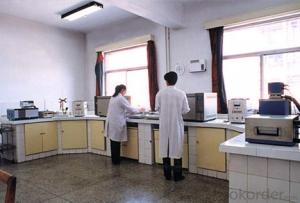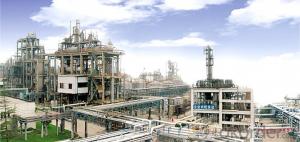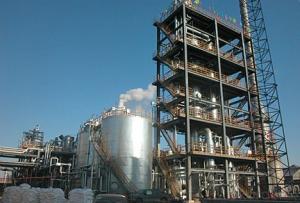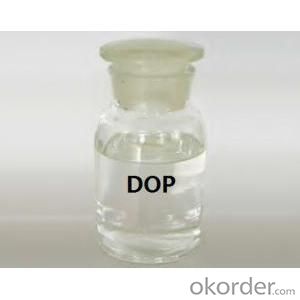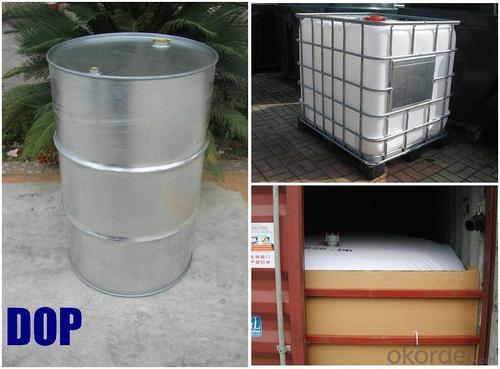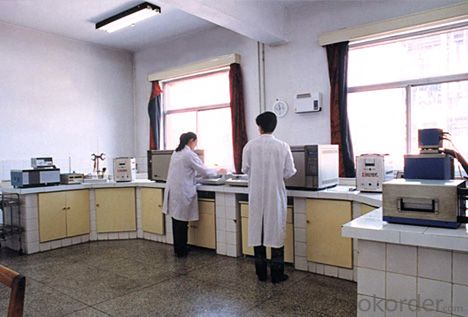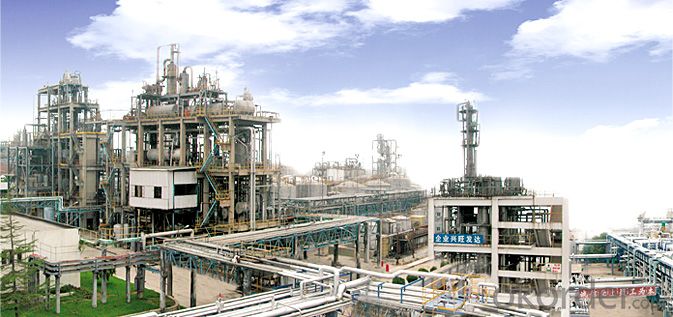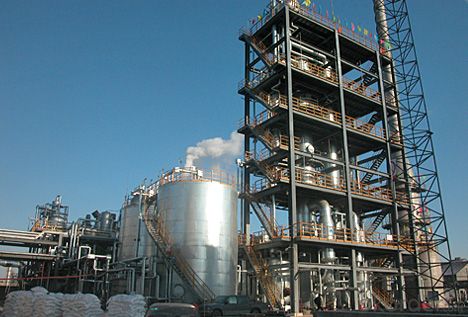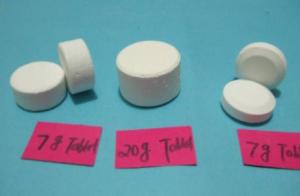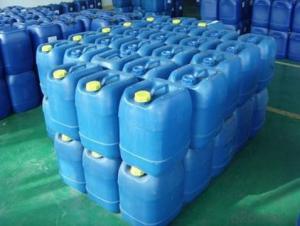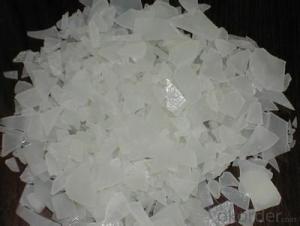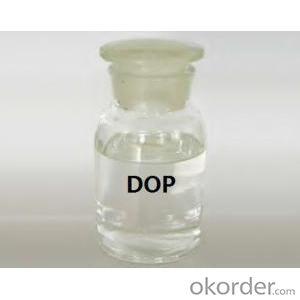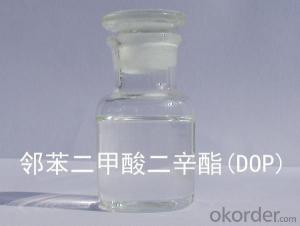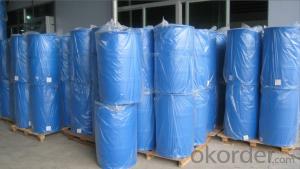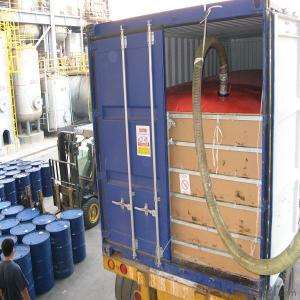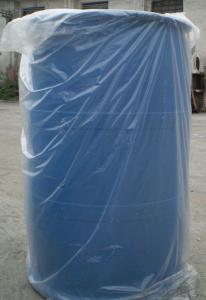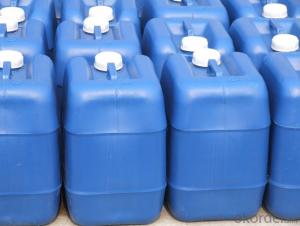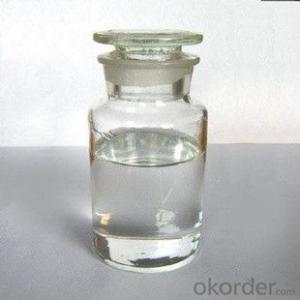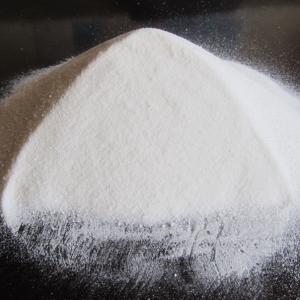Epoxy Plasticizer replace DOP/DBP Environment plasticizer
- Loading Port:
- Tianjin
- Payment Terms:
- TT OR LC
- Min Order Qty:
- 20 m.t.
- Supply Capability:
- 8000 m.t./month
OKorder Service Pledge
OKorder Financial Service
You Might Also Like
DOP
Molecular Formular : C24H38O4
Molecular weight : 390.57
CAS No.:117-81-7
H.S Code : 2917.3200.00
EINECS No.: 204-211-0
Characteristics : Colorless transparent oily liquid, slight odor.
Processing : Injection Moulding
Application : It is one of the most extensively used plasticizers in plastics processing. It has comprehensive properties, such as high plasticizing efficiency, low volatility, UV-resisting property, water-extracting proof, cold-resisting property, and also good softness and electric property. As a fine main plasticizer, it is extensively used in processing polyvinyl choride and ethylcellulose resins to produce plastic film, imitation leather, electric wire, cable wearer, sheet, planet, mould plastic products and. Used in nitrocellulose paints, it can make the ethylcellu lose more elastic and more strong in extracting tension. It can be used as a softening agent of synthetic rubber, such as to make the product easier to rebound and harder to undergo form change under pressure, without affecting of the plastics.
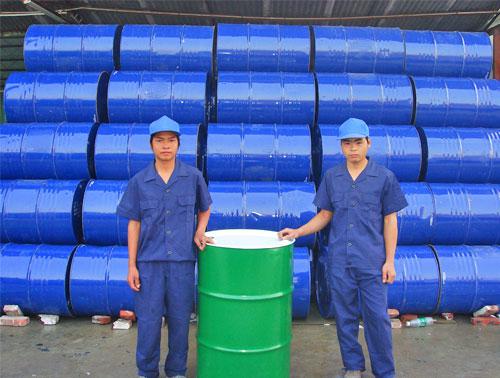
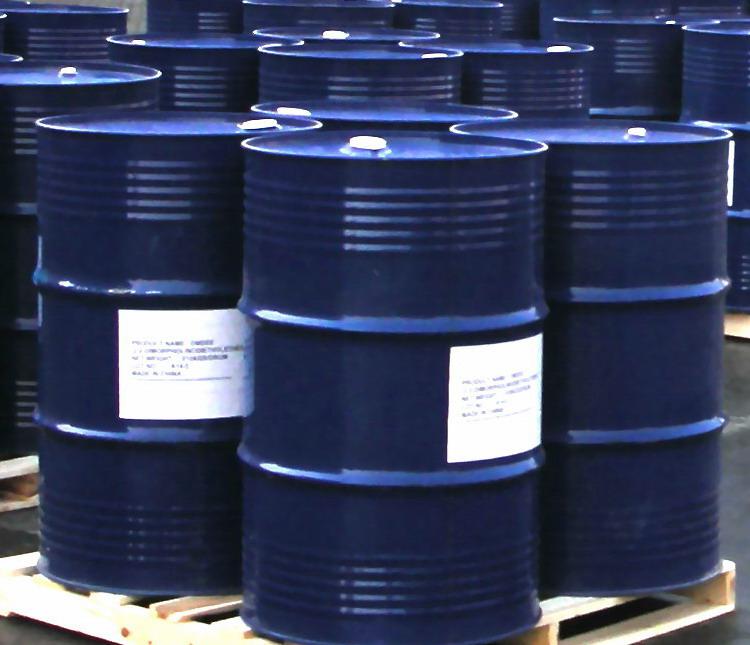
Specifications :
Quality Index | |||
Item | Value | ||
Super Grade | First Grade | Qualified Grade | |
Appearance | Oily liquid | ||
Color(APHA) ≤ | 30 | 40 | 120 |
PurityAs Ester% ≥ | 99.5 | 99.0 | 99.0 |
Acidity (benzene dicarbonic acid)g/cm | 0.01 | 0.015 | 0.03 |
Loss on dry (125oC3hr)%≤ | 0.2 | 0.3 | 0.5 |
Flash point(open)oC ≥ | 195 | 192 | 190 |
Density20,g/cm3 | 0.982-0.988 | ||
Volume Resistivity ΩM ≥ | 1.5×1011 | ||
Heat decrement % ≤ | 0.2 | 0.3 | 0.5 |
Water content,% ≤ | 0.1 | 0.15 | 0.15 |
Package and Storage :
Packed in 200KG/Galvanized Iron Drum or 1000kg/ISO TANK or flexibag container
Stored at dry,shady,ventilated place. Prevented from collision and sunrays,rain-attack during handling and shipping. Met the high hot and clear fire or contact the oxidizing agent,caused the burning danger.
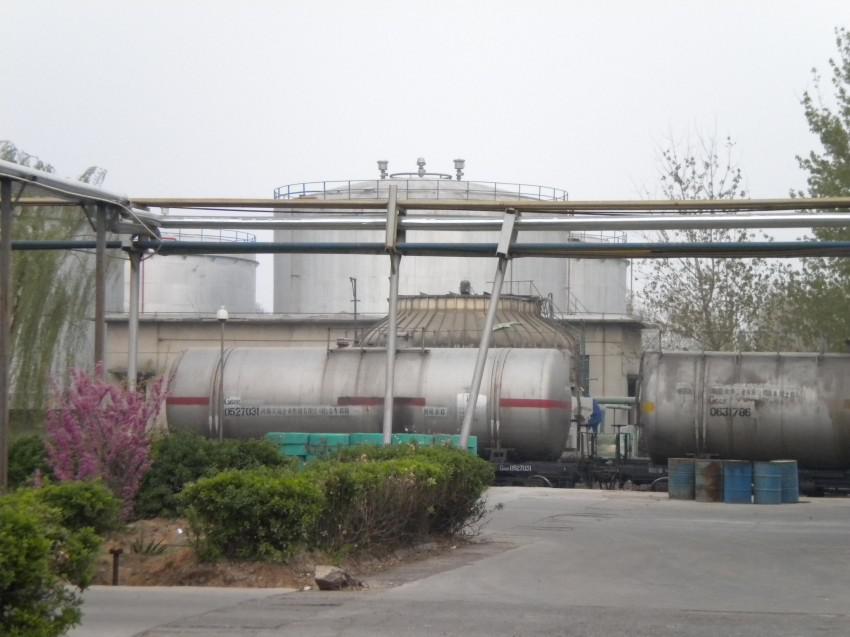
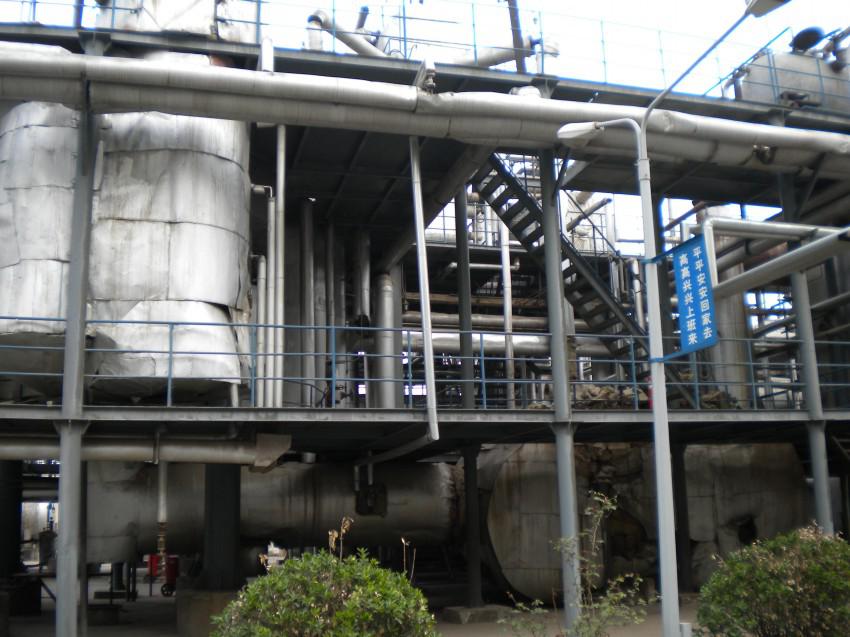
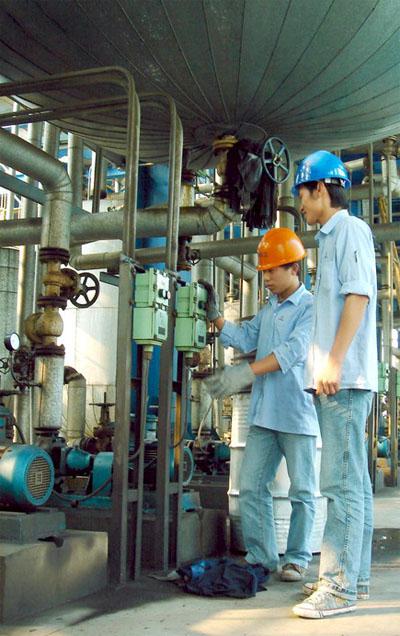
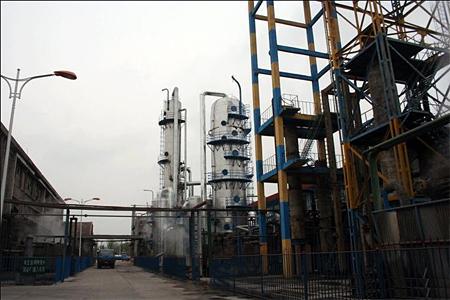
- Q: Cl + O3 ---> ClO + O2O + ClO ---> Cl + O2= O + O3 ----> 2O2What is the catalyst? The intermediate?How do you know which is which? If the rate law is rate=k [O3] [Cl]determine:a) the overall order.b) unit for k.c) the rate determining step, justify your answer.
- Cl is the catalyst. ClO the intermediate. The catalyst is the component which does not change in overall reaction. He forms some intermediate component(s) with the reactants. In the later reaction steps the intermediate(s) react forming the catalyst in its original state. (a) The overall order is the sum of the orders with respect to the components: n = 1 +1 = 2 (b) the unit of the rate of reaction is r [=] mol/ (Ls) (more general mol per unit time and volume) compare dimensions mol / (Ls) [=] k · mo/L · mol/L =k [=] L/(s mol) (more general unit volume per unit time and mole) (c) First reaction For elementary reaction steps the order of the reaction rate with respect to a reactant is equal to stoichiometric coefficient. Hence the rate of first reaction is: r? = k?·[Cl]·[O?] Overall rate is given by the rate determining step, while other reaction steps are in equilibrium: r = r? = k?·[Cl]·[O?] If second reaction is the rate determine step r? = k?·[O]·[ClO] while reaction 1 is at equilibrium K? = ( [ClO]·[O?] ) / ( [Cl]·[O?] ) =[ClO] = K?·( [Cl]·[O?] ) / [O?] the overall rate would be: r = r? = k?·[O]·[ClO] = K?·k?·[O]·[Cl]·[O?] / [O?] = k·[O]·[Cl]·[O?] / [O?] That doesn't match the observed rate law
- Q: Chemistry why the catalyst can be equal to speed up the positive reaction rate
- Since the catalyst only changes the activation energy and the amount of reactivity can be reduced, the amount of reaction energy is also reduced. Therefore, a positive catalyst is also a good catalyst for its reaction. Speed up the same multiple.
- Q: The size of △ H in the thermochemical reaction equation is related to the use and unused catalyst
- There is no relationship between the catalyst can only change the reaction rate
- Q: Is palladium predominantly a catalyst in chemistry?
- Palladium in the chemical mainly to do the catalyst; palladium and ruthenium, iridium, silver, gold, copper and other alloy, can improve the palladium resistivity, hardness and strength, used in the manufacture of precision resistors, jewelry and so on.
- Q: A substance involved in chemical reflection, but reflects the quality of the material before and after the change, you say it is a catalyst?
- Is a catalyst. The catalyst is actually involved in the reaction, (these are multi-step reaction), but in the final time from the reaction out.
- Q: What is the relationship between the catalyst and the chemical reaction? What is the relationship between the enzyme and the catalyst?
- Catalytic, also known as catalyst, is defined in the junior high school stage to be able to change the rate of chemical reactions, and its own quality, composition and chemical properties remain constant before and after chemical reactions. For example, manganese dioxide can be used as hydrogen peroxide (hydrogen peroxide) decomposition of the catalyst. The catalyst is divided into the positive catalyst and the catalyst is used. The positive catalyst contributes to the reaction to move in the positive direction, and the reverse catalyst contributes to the reaction to move in the reverse direction.
- Q: how a catalyst can provide a new route in forming the product?
- a catalyst does not provide a new route. it just lowers something called the energy of activation of the reaction. this makes some changes in the thermodynamics and kinetics of the reaction
- Q: In biology, the enzyme seems to be a tool for opening a reaction, such as the decomposition of cellulose, such as linked RNA and protein, no enzyme can not. But in chemistry, the catalyst is only a regulatory role, change the reaction rate only. The teacher said that the enzyme is the catalyst. Is there any other effect of the enzyme? (Ignorant high three dogs, you do not spray the big god)
- But let's not say that there is no enzyme or catalyst, the reaction can not be carried out. In the process of random collision of a molecule, the occasional jump of 3 meters is also possible, but the probability is low. From the macro point of view, is the reaction rate is low. So what rate, catalyst, or what xxx let high school teacher how to say, chemical catalysis and enzyme catalysis of the fundamental principles are the same, so you go to college to understand.
- Q: Nitrogen and hydrogen in the role of high temperature and pressure catalyst to generate ammonia chemical equation
- N2 + 3H2 = catalyst, high temperature and high pressure = 2NH3
- Q: Write a chemical formula in a chemical laboratory without the use of a catalyst for oxygen
- 2Na2O2 + 2H2O = 4NaOH + O2 ↑
Send your message to us
Epoxy Plasticizer replace DOP/DBP Environment plasticizer
- Loading Port:
- Tianjin
- Payment Terms:
- TT OR LC
- Min Order Qty:
- 20 m.t.
- Supply Capability:
- 8000 m.t./month
OKorder Service Pledge
OKorder Financial Service
Similar products
Hot products
Hot Searches
Related keywords
